Winnekenni Castle
It was an experiment to prove that glacial boulders and rocks can be used in constructions and dwelling.
Inspired by the structures and castles in England, the chemist James Nichols built a castle with 35,000 cubic feet of glacial boulders in Haverhill, Massachusetts. The castle was erected between 1873 and 1875 as a retreat home for summer time and it was named Winnekenni, an Algonquin word meaning “very beautiful.”
Nichols treated the castle’s construction as an experiment. He was determined to prove that rocks and boulders could be a good source of construction material for farms and other buildings in the county. He published a book based off his experience in 1876 called, Boulder Rocks: Their Probable Origin and History and their use in the Construction of Dwellings.
Winnekeni Castle stands about 250 feet above Kenoza Lake, and has a spectacular view of some adjacent towns and county. As is typical for a summer house, the interior of the castle has some unique architectural features including a gothic door, a Pompeian dining room, a library, nine bedrooms, a bathing room, and four towers with roof access. Outside, an extensive lawn surrounds the building.
In 1885, the castle changed hands from Nichols to his cousin William Webb. Ten years later it was sold to the city of Haverhill, and became the first public park in the area. Its elaborate Victorian interior was destroyed by a fire in the late 1960s, but the exterior stood strong. Today, Winnekenni Castle is part of over 700 acres of conservation land known as Winnekenni Park Conservation Area, which also includes some nine miles of hiking trails.
Know Before You Go
The Castle is open year-round, summer and fall are great seasons to visit. It hosts public and private events like weddings, and other traditional festivities open to public. The Castle does not have set hours but it is open for visitors during events (some of them free or very low cost). If you are interested in seeing the interior of the castle, keep an eye on the scheduled events on the website.
Parking is free, and there are numerous hiking trails in the surrounding area.
















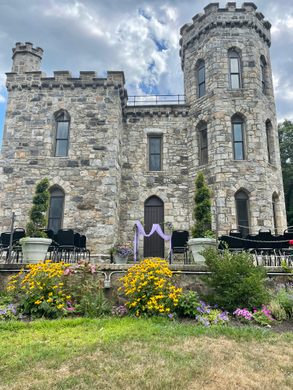



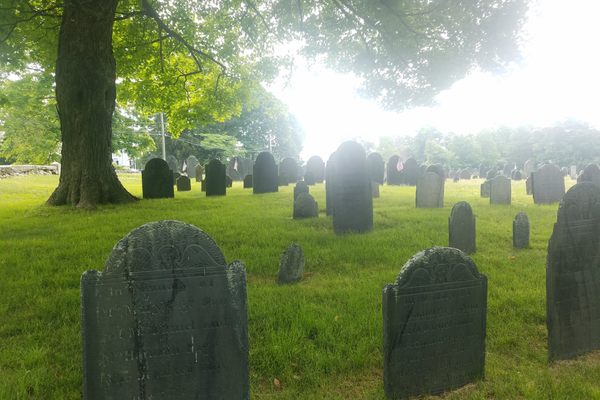
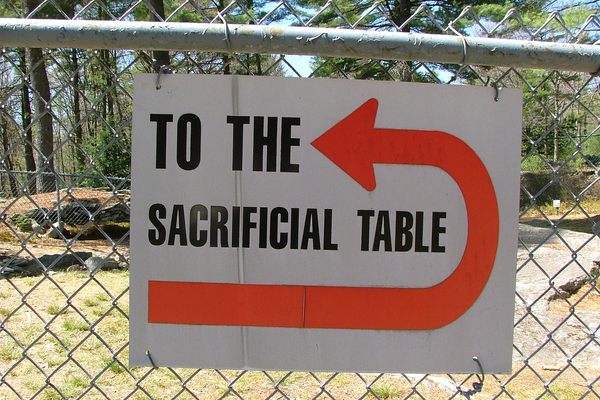

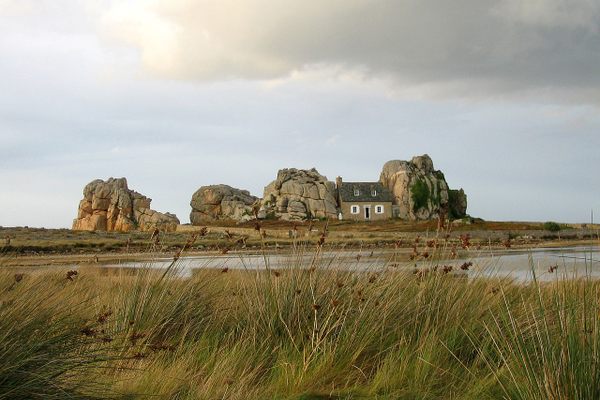

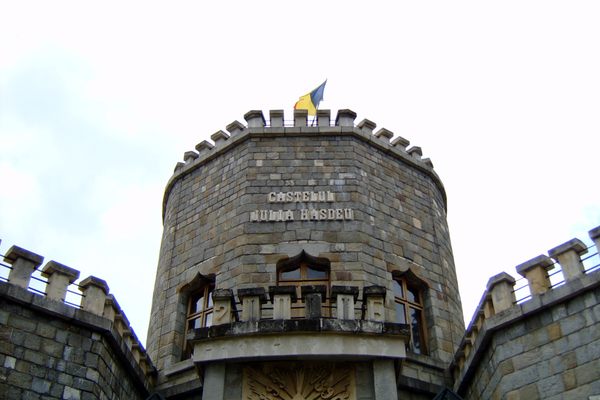


Follow us on Twitter to get the latest on the world's hidden wonders.
Like us on Facebook to get the latest on the world's hidden wonders.
Follow us on Twitter Like us on Facebook